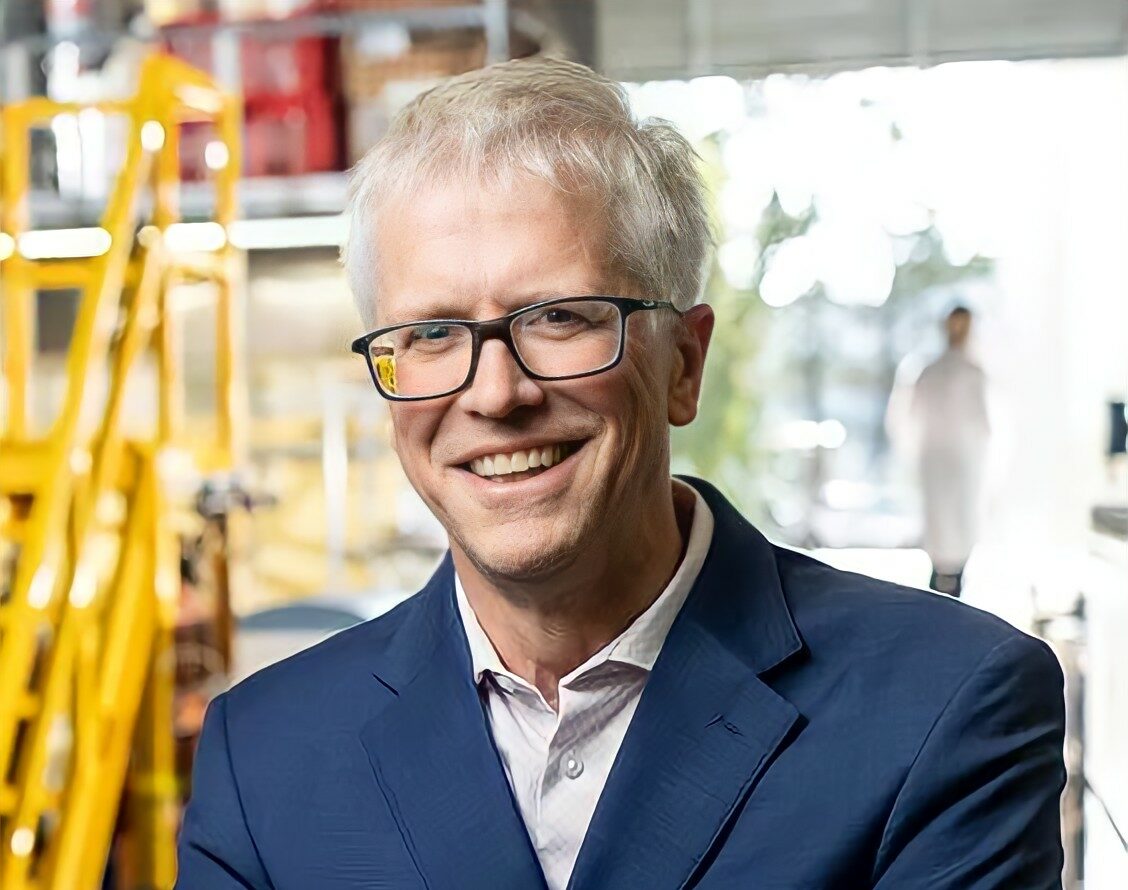We believe in the possibility of a net-zero battery.
However, an electric vehicle currently emits 15-20 tons of CO2-equivalent (CO2e) during its production, with the battery being a major contributor.
As the world electrifies, achieving a sustainable battery will become essential for maintaining social licence to operate, de-risking project investments and in some regions, legislative compliance.
How can we engineer this reality?
A net-zero battery demands a comprehensive approach across the entire supply chain, from raw material extraction to battery production and end-of-life management. And while proven decarbonisation approaches exist today, next-generation technology is now needed to achieve this reality; commercially and sustainably.
Minviro, Nano One Materials, CarbonScape and Worley play different, but intertwined, roles making sustainable batteries a reality.
Join our live and interactive discussion with subject matter experts, covering:
The environmental impact of the battery supply chain
Assessing battery materials’ environmental impact and creating pathways to lower environmental footprints. Minviro
Advanced cathode process technology
Avoiding waste streams with scalable industrial processes to revolutionise the production of cathode active materials, starting with lithium ferro phosphate (LFP) cathode chemistries. Nano One Materials
Advanced anode process technology
A low-cost, high-performance graphite anode material, that can be sustainably produced from renewable forestry. CarbonScape
The role of an engineering and project delivery partner
Overcoming barriers to scale up, including technology integration and de-risking project investment for feasible and viable pathways to a net-zero battery. Worley
Embark on the journey to a net-zero battery.




 Back
Back



